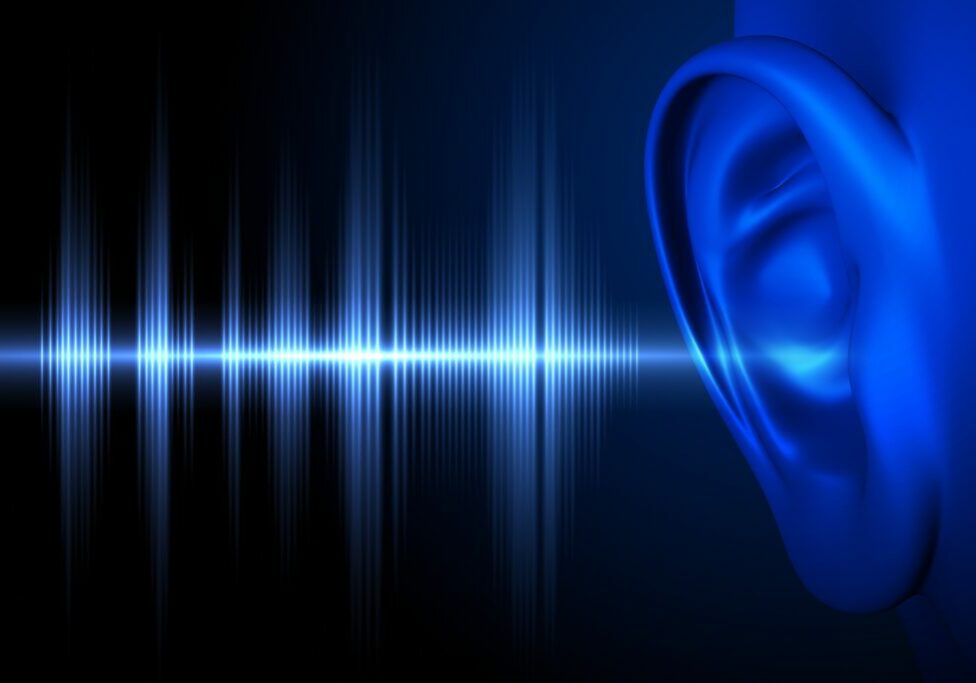Noise in and near a school can expose staff to risk of hearing loss. Those at most risk include cafeteria workers, custodians and bus drivers as well as gym, shop and music teachers.
Noise in schools can be worsened by overcrowding, open floor plans, hard or high ceilings that create echoes, and having noisy areas located near instructional spaces. Noise outside of schools may include traffic, trains, aircraft, lawnmowers, construction and playground and athletic field activity.
Hearing loss
Hearing damage from noise adds up over time. It occurs when the tiny hair cells of the inner ear are destroyed. These cells conduct sound to the brain. Permanent noise-induced hearing loss cannot be corrected by surgery or hearing aids. Because the damage is usually gradual, a person might not notice it until it is severe. Signs of hearing loss can include:
- Muffled or distorted hearing.
- Difficulty hearing sounds such as birds singing, phones, or doorbells.
- Difficulty understanding speech.
- Pain or ringing in the ears (tinnitus) after exposure to excessively loud sounds.
Permanent hearing loss may occur from exposure to as little as 80 decibels (dBA) during an 8-hour workday over a period of years or repeated exposure to 90 dBA during a 2-hour period over a period of years. Some average sound levels are shown in the table.
Other health effects
All staff may be exposed to enough noise to cause stress, a contributor to increased blood pressure, heart disease, ulcers, reduced immune function, fatigue and irritability. Noise in the classroom can interfere with communication between staff and students, which can impair learning.
It is estimated that teachers use their voices for approximately 60 percent of their workday. The strain on the voice gets worse when the teacher has to talk over classroom noise. Studies have shown that teachers are 32 times more likely to have voice problems than people in similar occupations. Voice disorders may include hoarseness, discomfort when speaking, and tired, weak, effortful speech.
Measuring noise
Noise is measured in decibels (dBA). Because the decibel scale is a logarithmic scale, doubling a noise causes an increase of 3 dBA. Doubling it again causes a rise of another 3dBA. Thus an 88dBA sound is twice as loud as an 85dBA sound. A sound of 94 dBA is 8 times louder than a sound of 85 dBA.
Noise reduction
One way to reduce noise is to locate a noise source far from occupied areas. Doubling the distance reduces noise to one fourth; quadrupling the distance reduces noise 16-fold.
Within a room noise can be reduced by adding more “soft” materials, such as fabric-faced glass fiber wall panels, carpet, or acoustical ceiling tiles. Absorptive materials work best when spread throughout the room and not concentrated on just one wall or the floor or ceiling. Ceiling tiles should have a noise reduction coefficient (NRC) of 0.75 or higher. Other noise reduction measures include:
- Diagnose and service noisy HVAC systems to reduce vibration.
- Put rubber tips or tennis balls on table and chair legs.
- Put noisy office equipment away from classrooms and office workers, preferably in in acoustically shielded areas.
- Replace doors with heavy acoustical doors if noise enters there, or at least add good quality seals and gaskets to doorways.
- Close, seal or install sound-resistant windows if noise enters there.
- Schedule fewer students in the gym, cafeteria, playground or field at one time.
- Soundproof gyms, shops and music rooms.
- Schedule construction, maintenance and lawn care during non-school hours.
Local Association Actions
- Work with your UniServ field rep to survey staff and create a “noise map” showing sources inside and outside the building.
- Ask the district to reduce noise sources, starting with the areas of most concern.
- Enlist parents as allies, since children are more vulnerable to noise-induced hearing loss than adults.
- Enlist parents of hearing-impaired and other special needs students. Such students generally need low-background noise environments.
- Ensure the district complies with the Americans with Disabilities Act (ADA) requirements for hearing-impaired students and staff.
